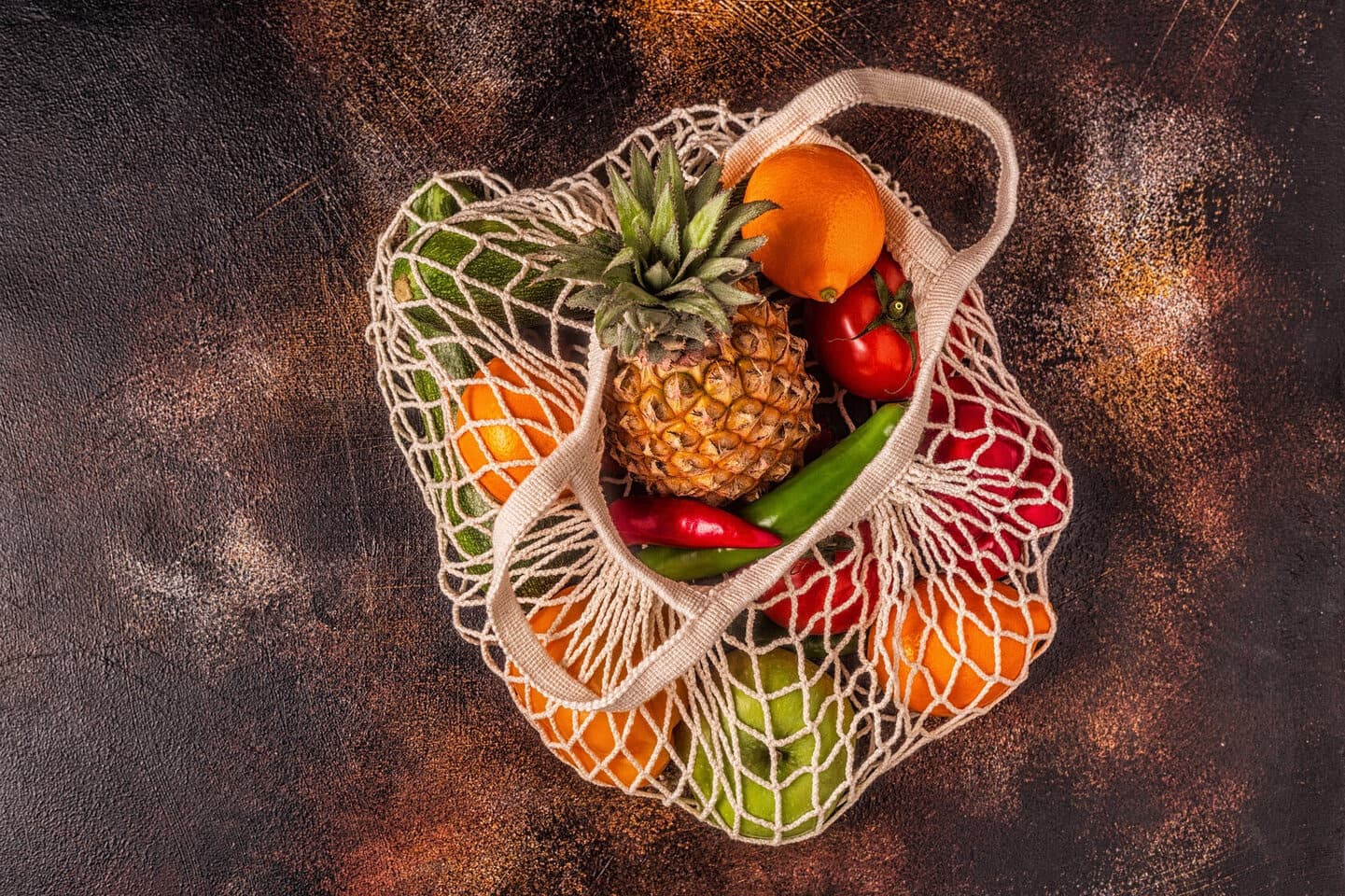- Authors

- Author
- Author
- Name
- Zuzana Slobodova
- Published on
Choosing Eco-Friendly Packaging

Today, let's talk about something that might seem small but can make a big impact: packaging. You know, those wrappers, containers, and boxes that seem to surround everything we buy. With a little awareness and some easy changes, we can all make a difference by choosing eco-friendly packaging options.
First off, why does packaging matter? Well, traditional packaging often ends up in landfills, contributing to pollution and environmental degradation. Thankfully, there are plenty of alternatives out there that are kinder to the planet.
Say No to Plastic Bags
Those flimsy plastic bags at the grocery store? Leave them behind! Bring your own reusable bags instead. It's a simple switch that can significantly reduce plastic waste.
Bring your own produce bags
Most of the fruit and vegetables have their own packaging - their peels. So why are we double-packing them into plastic wrapping? Next time you will go buy some fresh fruit and vegetables bring your reusable produce bag to reduce the amount of single-use plastic in your everyday life.
Look for Recyclable Materials
When shopping, keep an eye out for packaging made from materials that are easily recyclable, such as paper, cardboard, glass, and certain types of plastic (look for those with recycling symbols and check your local recycling guidelines).
Choose Minimalist Packaging
Sometimes less is more! Opt for products with minimal packaging or those that use packaging made from recycled materials. This not only reduces waste but also saves resources.
Bulk Buying
Buying in bulk not only saves you money but also reduces packaging waste. Look for stores that offer bulk options for items like grains, nuts, and cleaning supplies. Bring your own containers to fill up and voila – less packaging waste!
Choose Refillable Options
Many companies now offer refillable options for products like cleaning supplies, toiletries, and even certain foods. This minimizes the need for new packaging with each purchase, reducing waste in the long run.
What about recycling?
Recycling is a great way to divert waste from landfills and conserve resources. But it's important to do it right to ensure that items actually get recycled. Remember to rinse out containers before recycling them to prevent contamination. Check the recycling guidelines in your area to know what can and can't be recycled. And if you're unsure, it's better to err on the side of caution and throw it in the trash rather than contaminating the recycling stream. All you need to know about recycling.
Summary
By making conscious choices about the packaging we bring into our homes, we can all play a part in creating a greener, more sustainable world. So next time you're shopping, think before you grab that plastic-wrapped product and opt for a more eco-friendly alternative instead. Our planet will thank you for it!